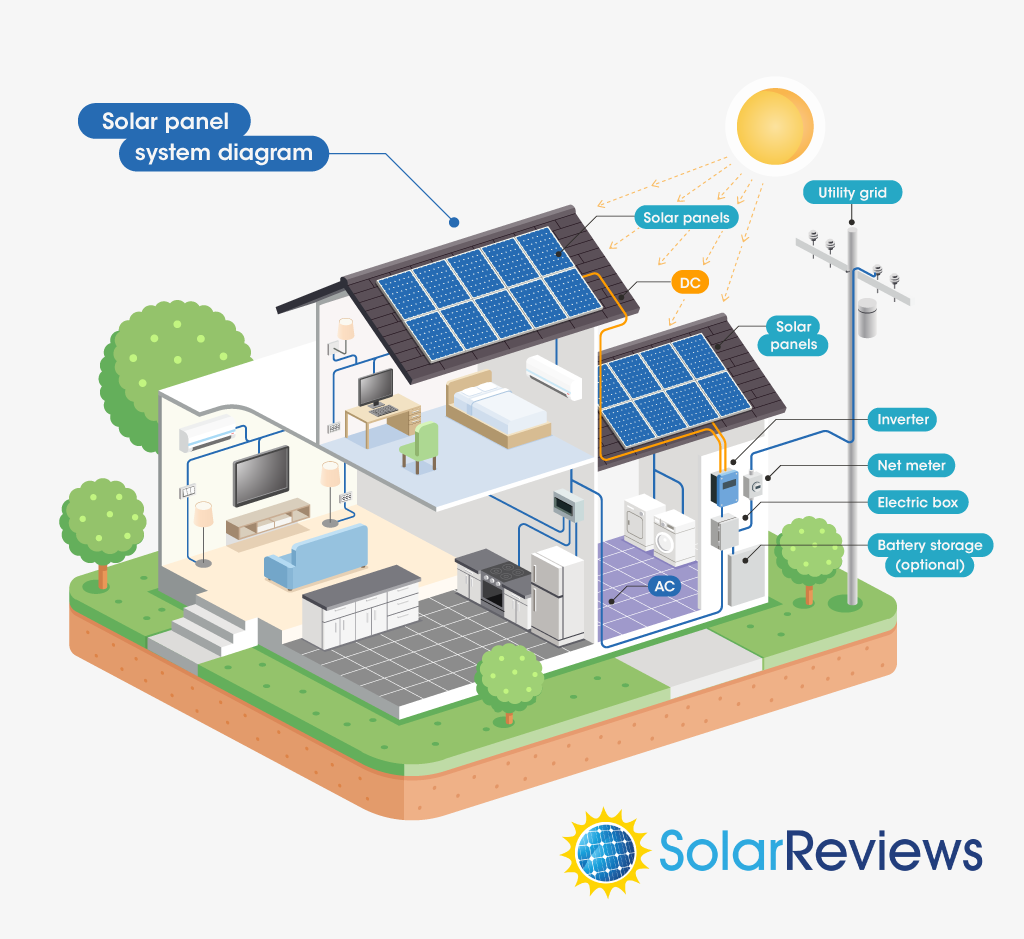Residential Solar Power: Seamless Installation Solutions
Effortless Transition: Navigating Residential Solar Panel Installation Embarking on the journey towards residential solar power…


Effortless Transition: Navigating Residential Solar Panel Installation
Embarking on the journey towards residential solar power is a transformative decision that not only benefits the environment but also offers long-term financial advantages. This article provides insights into the seamless process of residential solar panel installation, exploring the key steps involved and the myriad benefits it brings to homeowners.
Understanding the Basics of Solar Power for Homes
Before delving into the installation process, it’s essential to grasp the fundamentals of solar power for residential spaces. Solar panels harness sunlight and convert it into electricity through photovoltaic cells. This clean and renewable energy source is a sustainable alternative to traditional electricity, reducing reliance on non-renewable resources and minimizing the carbon footprint of a household.
Assessment and Planning: Tailoring Solar Solutions to Your Home
The first step in residential solar panel installation involves a comprehensive assessment of the property. Solar experts evaluate factors such as roof orientation, available space, and local climate conditions to tailor solar solutions that maximize energy capture. This meticulous planning ensures optimal system performance and efficiency tailored to the specific needs of each home.
Financial Considerations and Incentives
Understanding the financial aspects of residential solar panel installation is crucial for homeowners. While the initial investment may seem significant, various financial incentives can significantly offset costs. Government tax credits, rebates, and net metering programs contribute to making solar installations more economically viable. Exploring available incentives helps homeowners make informed financial decisions.
Choosing the Right Solar Panels and Equipment
Selecting the appropriate solar panels and equipment is a pivotal aspect of the installation process. Advances in solar technology offer a variety of panel options, each with distinct features. Homeowners can choose between monocrystalline, polycrystalline, or thin-film solar panels based on factors like efficiency, aesthetics, and budget. Working with experienced installers ensures the selection of high-quality, reliable components.
Professional Installation: Ensuring Precision and Safety
Residential solar panel installation is a task best left to professionals. Certified installers bring expertise and precision to the process, ensuring the secure and efficient placement of solar panels on the roof. From electrical wiring to connecting the panels to the power grid, professional installers navigate intricate details to guarantee safety, compliance, and optimal system performance.
Inverter Installation and System Integration
The inverter is a crucial component in the solar power system, converting the direct current (DC) generated by the panels into usable alternating current (AC) for household consumption. During installation, inverters are strategically placed, and their compatibility with the solar panel system is verified. This seamless integration ensures the smooth functioning of the entire solar power setup.
Grid Connection and Net Metering
Residential solar power systems are often connected to the local electricity grid. This connection allows excess energy generated by the solar panels to be fed back into the grid, earning homeowners credits. Net metering programs enable homeowners to offset their electricity bills by receiving credits for the surplus energy they contribute. The grid connection adds a layer of flexibility and financial benefits to residential solar installations.
Monitoring and Maintenance for Optimal Performance
After installation, monitoring and maintenance are critical for ensuring the ongoing optimal performance of the solar power system. Monitoring tools allow homeowners to track energy production and system efficiency. Routine maintenance, such as cleaning the panels and inspecting electrical components, is essential to address potential issues promptly and maximize the longevity of the system.
Residential Solar Panel Installation: A Gateway to Sustainability
Residential solar panel installation is more than a technical process; it’s a gateway to sustainable living. The decision to harness solar power transforms homes into eco-friendly spaces, contributing to a cleaner environment and reducing dependence on conventional energy sources. As technology advances and awareness grows, residential solar installations continue to pave the way for a greener and more sustainable future.
For a comprehensive guide on residential solar panel installation and sustainable living, visit guestpostbro.com. Explore valuable resources that provide detailed insights into the installation process, maintenance tips, and the overall benefits of residential solar power.





